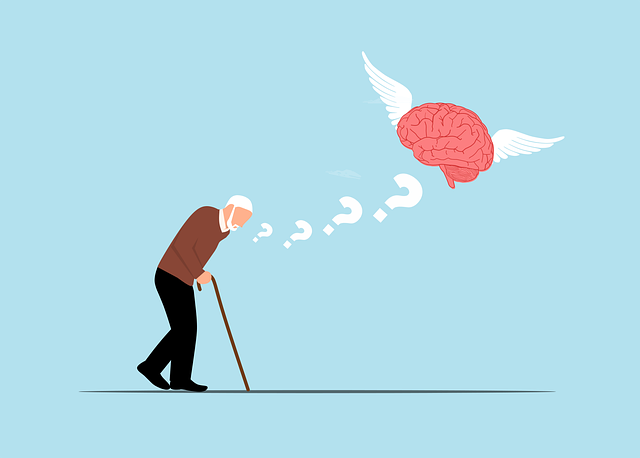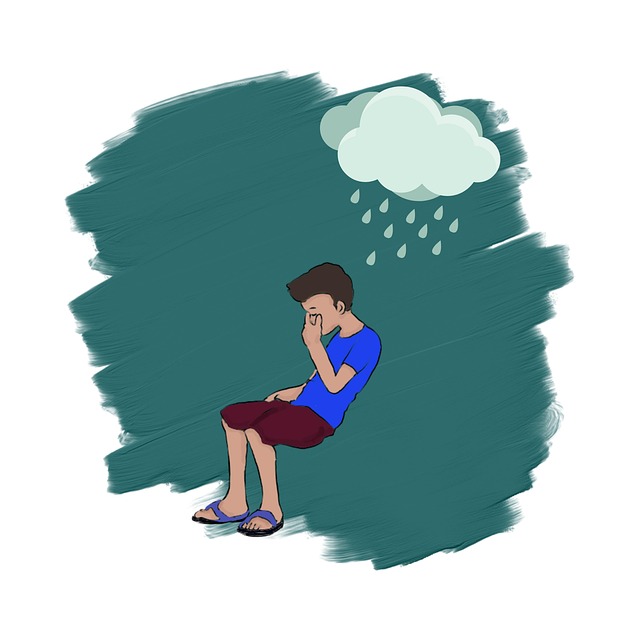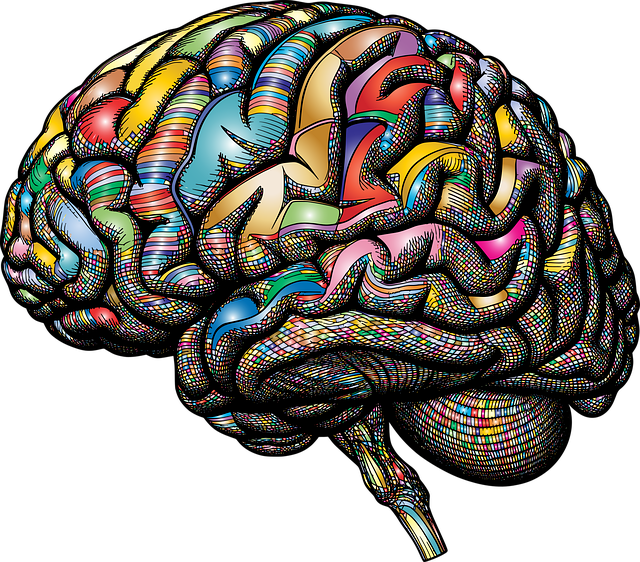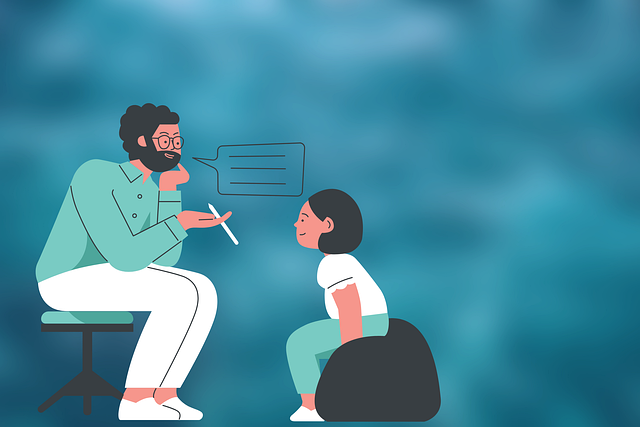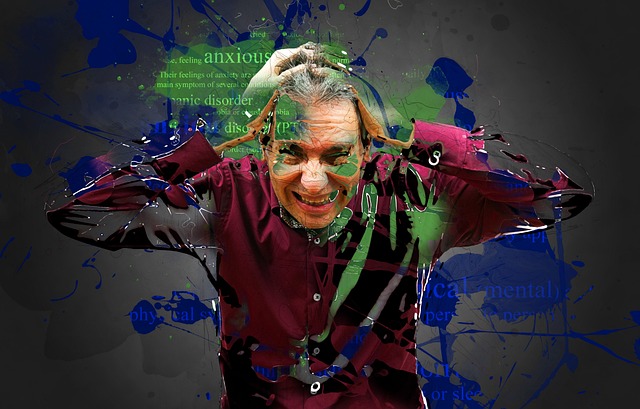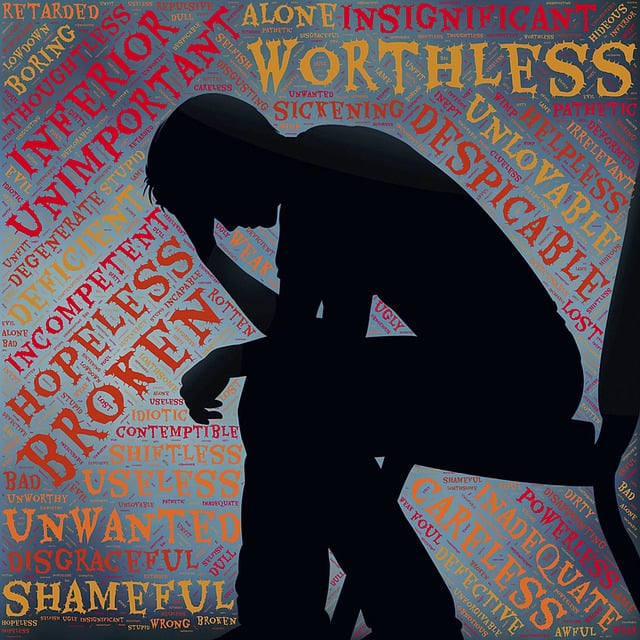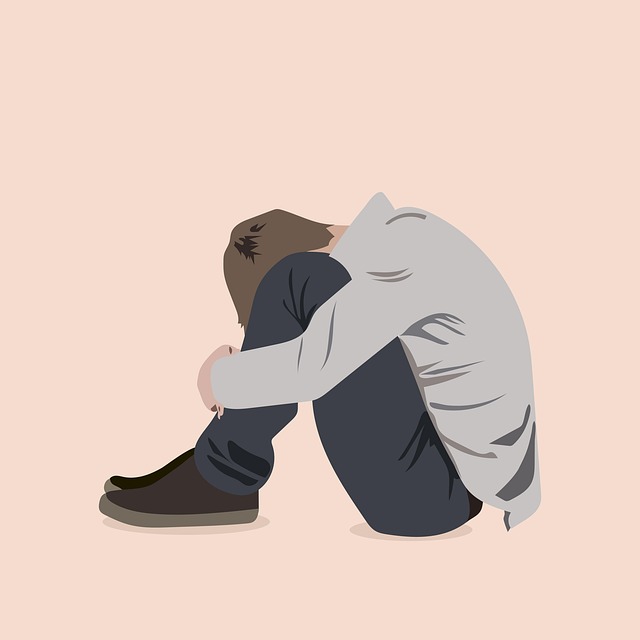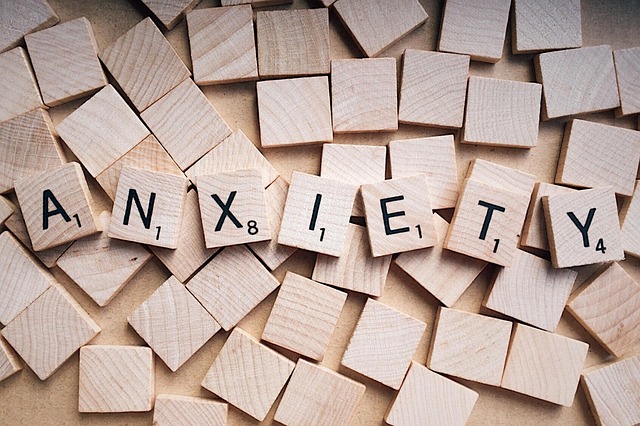The media's portrayal of mental illness significantly shapes societal perceptions, often leading to stereotypes and misconceptions among adolescent teens. To combat this, bilingual therapy programs tailored for teens offer a promising solution. These programs target diverse communities, integrate media education, and focus on self-esteem and stress management to promote mental health awareness. By providing services in multiple languages, these initiatives address language and cultural barriers, reduce stigma, foster empathy, and encourage early intervention for adolescents from various backgrounds. Ultimately, improving mental health representation in media through bilingual therapy aligns with evidence-based practices, promotes policy advocacy, and fosters a more compassionate society.
In today’s media landscape, accurate representation of mental illness is crucial, especially for adolescents navigating their identities. “Understanding Mental Illness Representation in Media: The Current State” explores the prevalent stereotypes and lack of diversity contributing to misperceptions among youth. “The Impact of Stereotypes…” delves into how these influences shape young minds. “Promoting Accurate Portrayals…” highlights the societal benefits, with a focus on therapy’s role. “Bilingual Therapy as a Solution” introduces an innovative approach, offering hope through accessible, culturally sensitive care for adolescent teens, bridging gaps and overcoming barriers with bilingual support.
- Understanding Mental Illness Representation in Media: The Current State
- The Impact of Stereotypes and Lack of Diversity on Adolescent Perception
- Promoting Accurate Portrayals: Benefits for Youth and Society
- Bilingual Therapy as a Solution: Reaching a Wider Audience and Overcoming Barriers
Understanding Mental Illness Representation in Media: The Current State

The media plays a significant role in shaping societal perceptions and understanding of mental health issues. Currently, representation of mental illness in media is a topic of increasing concern. Often, portrayals are either stereotypical or lack depth, leading to misconceptions among viewers, especially younger audiences like adolescent teens. This is particularly problematic as media acts as a powerful tool for influencing public opinion and attitudes towards mental health.
The need for accurate and nuanced representations is evident, especially when considering the impact on vulnerable populations. Bilingual therapy programs for teens can be a step towards addressing this challenge, offering tailored support for diverse communities. By incorporating mental health education into media content or designing dedicated programs that promote self-esteem improvement and stress management, we can foster a more compassionate and informed society.
The Impact of Stereotypes and Lack of Diversity on Adolescent Perception

The media’s portrayal of mental illness can significantly shape young people’s perceptions and understanding of their own experiences. Stereotyped representations often depict adolescents with mental health issues as either dangerously unpredictable or pitiful, failing to capture the complexity and diversity of this demographic’s struggles. This skewed view can lead to stigmatization, making teens reluctant to seek help for fear of judgment or misunderstanding.
A lack of diverse and authentic portrayals exacerbates these issues. Adolescents from different ethnic backgrounds or with unique cultural identities rarely see themselves reflected in media narratives about mental health. This absence contributes to the feeling of isolation and can hinder their ability to access tailored therapy, such as bilingual services designed to meet their specific needs. Encouraging self-awareness exercises and trauma support services that cater to this diverse population is crucial for breaking down barriers and fostering a sense of belonging, ultimately leading to better mental health outcomes for adolescent teens.
Promoting Accurate Portrayals: Benefits for Youth and Society

Promoting accurate representations of mental illness in media offers significant benefits, especially for young people navigating their own experiences. When media portrays mental health challenges and recovery with sensitivity and authenticity, it can reduce stigma, foster empathy, and encourage teens to seek help. This is crucial as early intervention plays a vital role in managing mental health issues effectively. By seeing relatable characters struggle and overcome mental health obstacles, adolescents may feel less alone and more encouraged to initiate conversations about their own experiences, potentially leading to earlier detection and therapy for adolescent teens, especially those from diverse backgrounds.
For society at large, accurate media representations promote a better understanding of mental health policies and advocate for evidence-based practices. This can drive meaningful discussions around Mental Health Policy Analysis and Advocacy, highlighting the need for accessible healthcare services, including bilingual therapy options tailored to culturally competent care. Mind Over Matter principles can be amplified through these narratives, encouraging viewers to prioritize their mental well-being and seek professional help when needed.
Bilingual Therapy as a Solution: Reaching a Wider Audience and Overcoming Barriers

Bilingual therapy presents a powerful solution to enhance mental health representation and accessibility in media. By offering therapy sessions in multiple languages, healthcare providers can reach a diverse range of adolescents and teens who may face barriers due to language differences. This approach is particularly beneficial for immigrant or refugee youth who might struggle with cultural and linguistic obstacles when seeking support.
Implementing bilingual therapy aligns with the Mind Over Matter principles, emphasizing the importance of addressing mental health issues early on. It also acts as an effective burnout prevention strategy for healthcare providers by fostering a more inclusive environment. Moreover, empathy-building strategies can be integrated into these sessions, allowing therapists to connect with clients from varied backgrounds and better understand their unique experiences, thus creating a safe space for open dialogue.
In conclusion, improving mental illness representation in media is paramount, especially in fostering healthy perceptions among adolescent teens. By challenging stereotypes and promoting accurate, diverse portrayals, we can empower young people and benefit society as a whole. Bilingual therapy emerges as a powerful solution, reaching a wider audience and overcoming cultural barriers, thereby offering a promising path toward better support for mental health concerns among adolescents.
